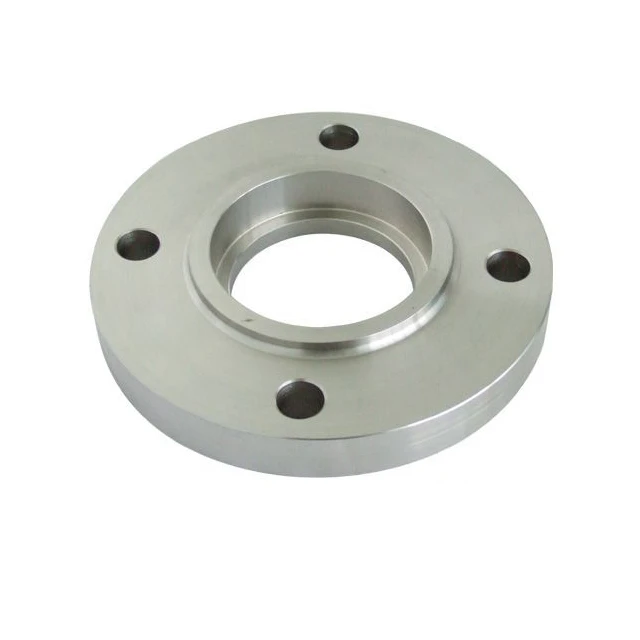-
Cangzhou Yulong Steel Co., Ltd.
-
Phone:
+86 13303177267 -
Email:
admin@ylsteelfittings.com
- English
- Arabic
- Italian
- Spanish
- Portuguese
- German
- kazakh
- Persian
- Greek
- French
- Russian
- Polish
- Thai
- Indonesian
- Vietnamese
- Zulu
- Korean
- Uzbek
- Hindi
- Serbian
- Malay
- Ukrainian
- Gujarati
- Haitian Creole
- hausa
- hawaiian
- Hebrew
- Miao
- Hungarian
- Icelandic
- igbo
- irish
- Japanese
- Javanese
- Kannada
- Khmer
- Rwandese
- Afrikaans
- Albanian
- Amharic
- Armenian
- Azerbaijani
- Basque
- Belarusian
- Bengali
- Bosnian
- Bulgarian
- Catalan
- Cebuano
- China
- China (Taiwan)
- Corsican
- Croatian
- Czech
- Danish
- Esperanto
- Estonian
- Finnish
- Frisian
- Galician
- Georgian
- Kurdish
- Kyrgyz
- Lao
- Latin
- Latvian
- Lithuanian
- Luxembourgish
- Macedonian
- Malgashi
- Malayalam
- Maltese
- Maori
- Marathi
- Mongolian
- Myanmar
- Nepali
- Norwegian
- Norwegian
- Occitan
- Pashto
- Dutch
- Punjabi
- Romanian
- Samoan
- Scottish Gaelic
- Sesotho
- Shona
- Sindhi
- Sinhala
- Slovak
- Slovenian
- Somali
- Sundanese
- Swahili
- Swedish
- Tagalog
- Tajik
- Tamil
- Tatar
- Telugu
- Turkish
- Turkmen
- Urdu
- Uighur
- Welsh
- Bantu
- Yiddish
- Yoruba

Dec . 03, 2024 14:40 Back to list
Exploring the Applications and Benefits of Blind Flanges in Pipeline Systems
Understanding Blind Flanges A Comprehensive Overview
Blind flanges are an essential component in various piping systems, serving crucial roles in the maintenance and functionality of pipelines across multiple industries. This article will explore the significance of blind flanges, their applications, specifications, and benefits.
What is a Blind Flange?
A blind flange is a type of flange that is used to close the end of a piping system. Unlike other flanges, which allow for connections to pipes or equipment, a blind flange does not have a central opening. This design makes it ideal for sealing off pipelines, effectively preventing leakage and ensuring the integrity of the system.
Blind flanges are available in various sizes, materials, and pressure ratings, thus accommodating diverse operational requirements. They are usually made from stainless steel, carbon steel, or other materials depending on the application and environmental conditions.
Applications of Blind Flanges
Blind flanges find applications in numerous sectors, including
1. Oil and Gas Industry In this sector, blind flanges are primarily utilized to seal the ends of pipes, particularly during maintenance or when sections of a pipeline are taken offline.
2. Chemical Processing These flanges are commonly used in chemical plants to isolate process piping systems, preventing contamination and facilitating safe maintenance.
3. Water Treatment Blind flanges can also be found in water treatment facilities, serving to seal pipe ends while minimizing the risk of leaks.
4. Power Generation In power plants, blind flanges play a critical role in steam and water systems where closure points are necessary during maintenance or repair.
Specifications and Standards
blind flange 12

When selecting a blind flange, it is essential to consider various specifications, including
- Material The choice of material can significantly affect the flange’s durability and resistance to corrosion and pressure. Common materials include stainless steel (such as grades 304 or 316), carbon steel, and alloys designed for specific applications.
- Size and Thickness Blind flanges come in a wide range of sizes and thicknesses, measured according to the American National Standards Institute (ANSI) or other relevant standards. A properly sized blind flange ensures a tight fit and prevents leaks.
- Pressure Rating Blind flanges are classified according to their pressure ratings, which determine the maximum pressure they can withstand. Common ratings include Class 150, Class 300, and Class 600, with higher classes suitable for higher pressure applications.
Benefits of Using Blind Flanges
Blind flanges offer several advantages that make them a preferred choice in various applications
1. Leak Prevention The solid design of blind flanges effectively prevents leaks, providing a secure closure for piping systems.
2. Ease of Installation Installing a blind flange is straightforward, requiring minimal effort and tools. This ease of installation can reduce downtime during maintenance.
3. Versatility Blind flanges can be used in a wide range of applications across different industries, highlighting their versatility.
4. Cost-Effectiveness Compared to other sealing methods, blind flanges can be a more economical option, particularly in systems requiring regular maintenance.
Conclusion
Blind flanges are vital components in numerous piping systems, offering reliable sealing solutions across various industries. Their ability to prevent leaks, ease of installation, and versatility make them indispensable for maintaining the efficiency and safety of pipelines. When selecting a blind flange, it is crucial to consider material, size, thickness, and pressure rating to ensure optimal performance for specific applications. By understanding the importance of blind flanges, stakeholders can make informed decisions that enhance the reliability and efficiency of their systems.
Latest news
-
ANSI 150P SS304 SO FLANGE
NewsFeb.14,2025
-
ASTM A333GR6 STEEL PIPE
NewsJan.20,2025
-
ANSI B16.5 WELDING NECK FLANGE
NewsJan.15,2026
-
ANSI B16.5 SLIP-ON FLANGE
NewsApr.19,2024
-
SABS 1123 FLANGE
NewsJan.15,2025
-
DIN86044 PLATE FLANGE
NewsApr.19,2024
-
DIN2527 BLIND FLANGE
NewsApr.12,2024
-
JIS B2311 Butt-Welding Fittings LR/SR 45°/90° /180°Seamless/Weld
NewsApr.23,2024











